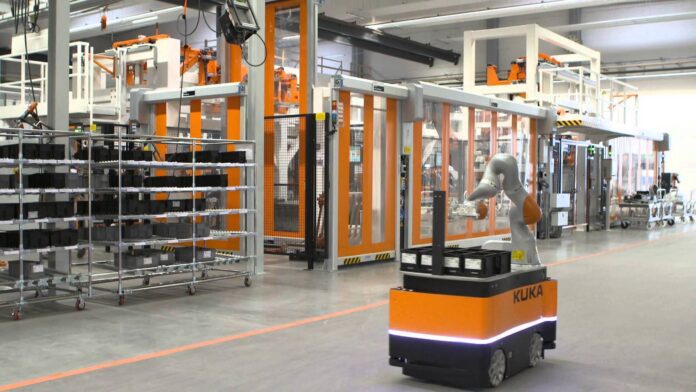
Robots have been present in many industries for decades now as the alternative to the human workforce. The machines have achieved stellar results bringing the costs of operations to a reasonably expected minimum while boosting the profits. Many industries grabbed the opportunity to eliminate unnecessary, mounting, overhead.
The capabilities of mobile autonomous robots continue to increase even as their cost drops due to their availability and versatility. However, some massive hidden expenses came to light as the need for them increased. Read on to better understand the expenses you should be on the lookout for and how to alleviate their effects.
Effects of Hidden Costs in the Deployment of Mobile Autonomous Industrial robots
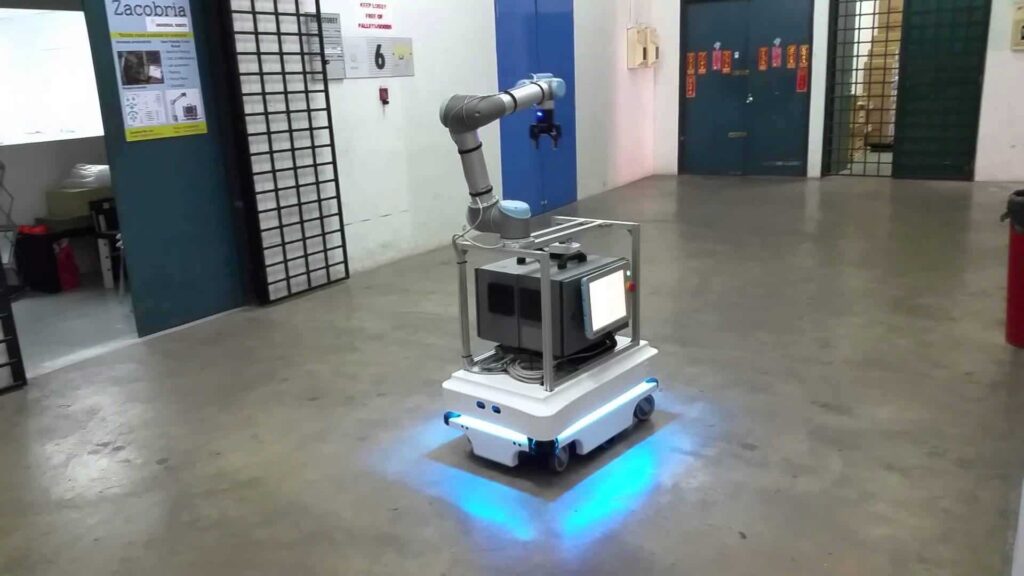
Hidden costs trigger delays while scaling down value for employees. When mobile robot dealers send you a quote, they often include the accessories, hardware, required software, and options to buy service contracts or training hours. However, they omit intangible costs affiliated with the overall total expense of ownership.
When deploying mobile autonomous industrial robots in your operations as suggested by Universal-Robots, it is critical to account for initial and ongoing configuration, implementation, and reconfiguration exercises. These factors may prove to be costly, and time-consuming especially if the industrial robot is hard to use.
Structure and Initial Configuration
A mobile autonomous industrial robot system requires the formation of missions, waypoints, and maps. Some of these industrial robots are complex, and getting them to operate autonomously can be equally complicated. Sometimes it results in hidden configuration costs like:
- Loss of time in modifying the building – Premises were mostly built to satisfy the needs of human workers (think – lunchrooms and restrooms). When implementing machines instead, at least some property modification must occur. The size of the robots and power access just being some of the factors that need to be accounted for.
- Loss of time in training workers to configure and utilize the robots – Many workers are not familiar with the way robots work, hence training them to get the machines working could be time-consuming and tedious. Still, it’s a necessary step in robotizing your production process and some extra expenses are bound to emerge.
- Cost of hiring a professional to set up the robot – The services of professionals that can routinely set up a robot could carry a hefty price. Again, it’s a needed step in setting up the production.
- Time wasted in designing and editing maps and consecutive re-mapping in case your applications change
Deployment and collaboration with humans
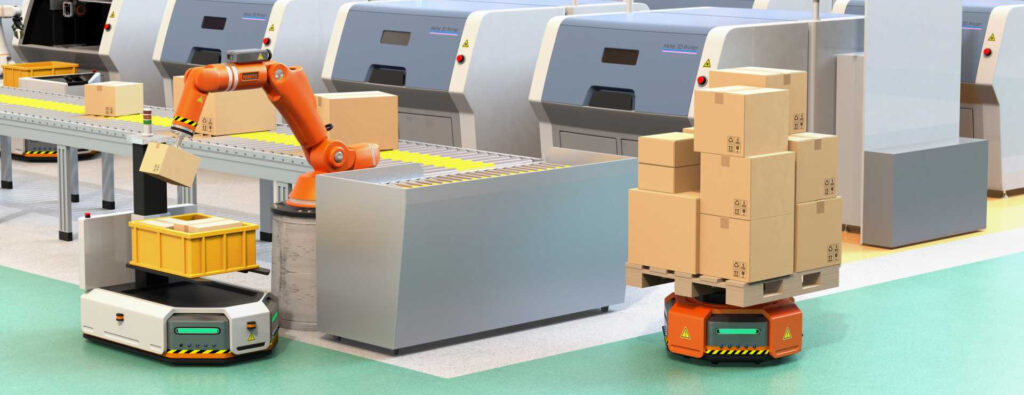
Configuring industrial robots is part of the deployment process. However, reliance on the network, unification with other software and physical systems, and acceptance from the employees can be a critical factor. The workers who will be working in collaboration with the industrial robot should be briefed before the implementation process begins. Remember, if the robot is not user-friendly and intuitive, the employees will have to spend long hours figuring how it works. Such procedures can be frustrating, which can delay the deployment and add more expenses and risks to the entire project.
Employees who configure, implement, and test industrial robots should understand how to set up user interfaces as well. In the end, they will be conversant with working with the robots, which will facilitate enhanced productivity and profitability. However, mastering the robots will be easy if employees make them accessible.
Reconfiguration and the Additional Operational Costs
When your applications change, you want the industrial robots to evolve too. In this case, you should ensure that the robots are easy to reconfigure. If the industrial robots are complicated, or hard to use, you may have to hire a professional roboticist to handle its operations. If you had to train your employees on how to operate the robots, any new workers you hire need training too. Such will be an additional cost that was excluded from the introductory price. To avoid additional reconfiguration costs, ensure your robot is easy to use and learn.
Getting the most from your Autonomous Mobile Industrial Robots
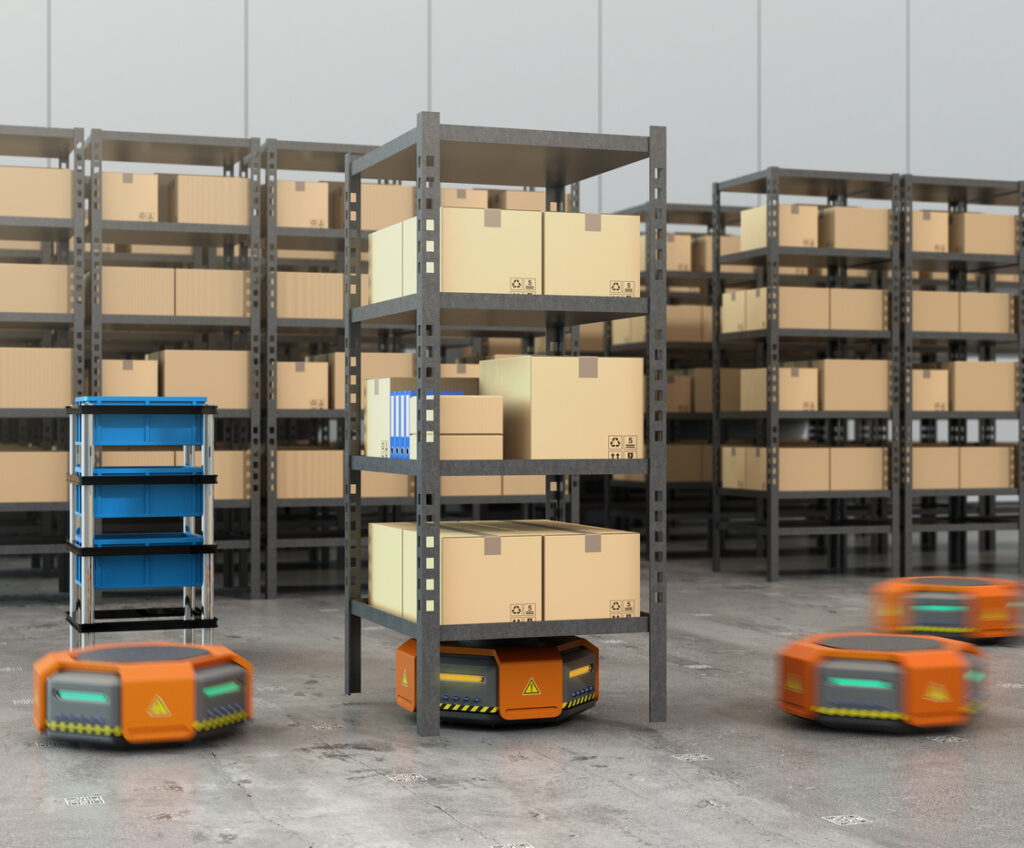
To achieve an autonomous industrial robot’s full potential and reduce unexpected expenses, you should focus on the following factors.
Easy to Use Configuration
If your robot is complex, then workers will be on idle while companies may have to invest in a professional roboticist. A professional like that will only add to your expenses more while the employees wait for the production to start. You can avoid additional costs and risks by choosing an easy to use robotic machine. Collaborative robots, for example, are easy to use, and workers do not need professional training to operate them.
Intuitive Operation in Intricate Settings
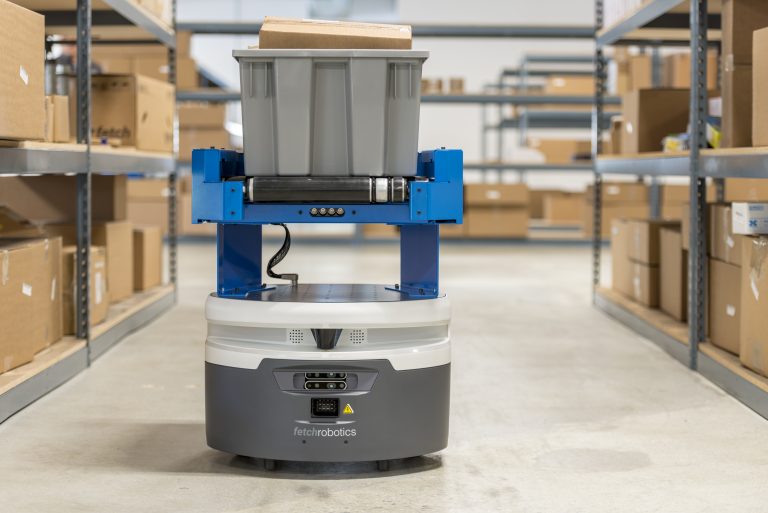
After configuring the autonomous mobile industrial robot, it navigates the working environment with no human intervention while avoiding obstacles. With advanced sensing and navigation capabilities, autonomous industrial robots will adapt easily to their working environments as unpredictable items appear, and changes take place. It’s a non-human worker that is available 24/7, never takes a sick day or a vacation, and it doesn’t need a lunch break, medical insurance, 401K, or paid social security. What is there not to love?
Invest in Advanced Tools to Attract and Retain Competent Workers
Easy to use autonomous mobile industrial robots come with numerous benefits that surpass traditional return on investment calculations. They are the future of production with their unsurpassable advantages. There are some more benefits, like lowering the price of the finished product, thus increasing competitiveness in the industry. Except for setting them up and regularly maintaining them, there aren’t many costs that can compare to the strictly human-operated businesses.
Despite these advantages, many are opposing the use of robots. There have been some points well-made in the past, like rising unemployment rates all over the world especially with the rising population, but it looks like robots are here to stay. Humans need to adapt to the new circumstances and advance their knowledge in robotics, and the latest technologies in general. Eventually, we will learn to coexist and cooperate.














